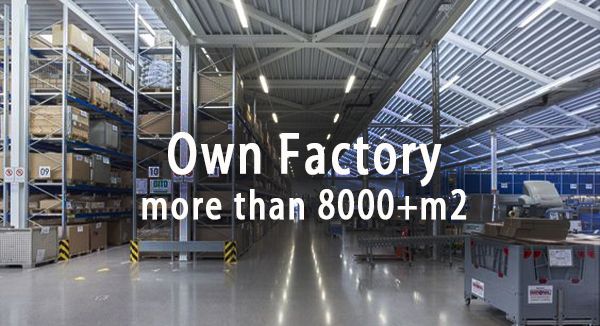Flood lights, which are high intensity artificial lights that illuminate large areas, are usually design-ed with a high brightness.
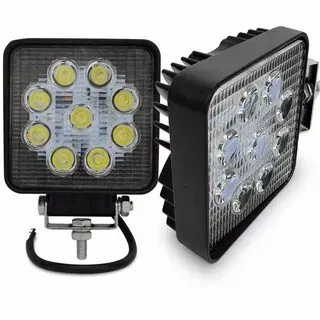
Floodlights work by emitting a broad beam of light with a high temperature, which is often use-d to simulate natural daylight. This is a simple explanation of floodlights:
Floodlights can use a variety of light sources including incandescent bulbs, halogen bulbs, fluorescent tubes, metal halide lamps, and LEDs. LED floodlights have become increasingly popular because of their energy efficiency and longevity.
Reflector: A reflector is typically located behind the light source to direct the light in a wide pattern. This reflector maximizes the area covered by the floodlight.
Lens or Cover: Some Floodlights come with a lens or a cover that is place-d in front of their light source. This helps to focus the beam and help shape it. The lens can either be clear or frosted depending on the desired distribution of light.
Housing: A floodlight’s housing is usually made from durable materials like aluminum or plastic. The housing protects internal components against weather and environmental factors.
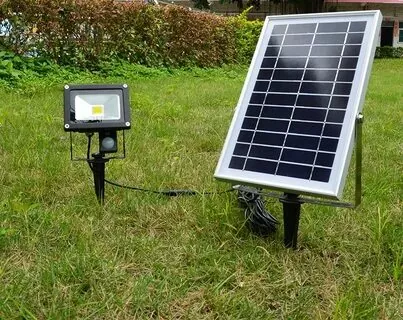
Floodlights need a power supply to function. Floodlights can be powered either by direct electrical connections, or batteries in the case portable or solar floodlights.
Control System: Floodlights can include a system of control that allows them to adjust the brightness, set timers or activate motion sensors.
The light source produces a powerful beam of light which is directed and reflected by the lens and reflector. This bright light covers a large area. Outdoor lighting applications include sports stadiums and parking lots. They are also used in security lighting, facades of buildings, and building facades.
How to choose the best floodlights?
The best floodlights are chosen based on a variety of factors including location, brightness, budget, and energy efficiency. Consider these key factors to choose the best floodlights for your needs:
Type of light source:
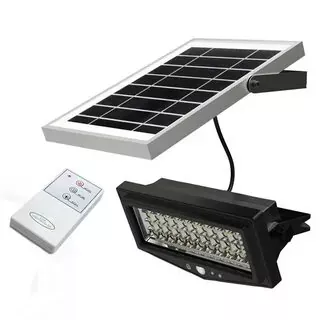
LED: LED Floodlights provide bright, energy-efficient illumination. They are also long-lasting and durable. Due to their cost-effectiveness and durability, they are preferred in most applications.
Halogen: Halogen lights are less expensive, but they use more energy and last shorter than LEDs.
Metal Halide: This is a powerful light suitable for large outdoor spaces, but it consumes more energy and has a warming-up period.
Fluorescent lights are less common than LED floodlights because they have a lower brightness and a shorter lifespan.
Brightness (Lumens:)
The required brightness is measured in lumens. This depends on the size and brightness of the area that you want to illuminate. Brighter light is produced by higher lumens.
Color Temperature:
The color temperature you choose (measured in Kelvin), should be based on both your personal preference and the intended application. Warmer temperatures (2700K-3500K), produce a yellower light. Cooler temperatures (5000K-6500K), on the other hand, produce a brighter bluish white light.
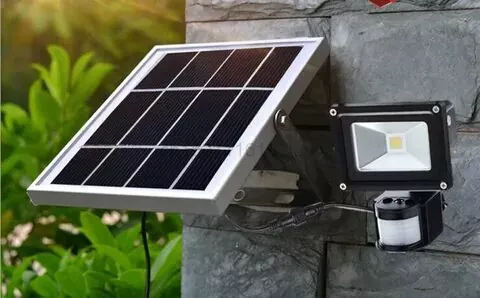
Beam Angle
To ensure that the area is properly illuminat-ed, consider the beam angle. Narrow beam angles are best for highlighting objects. Wider beam angles are better for general illumination.
Weather Resistance:
Choose fixtures that are weather resistant and have appropriate IP ratings (Ingress protection) to ensure they will withstand rain, snow, or other outdoor elements.
Energy Efficiency
Energy-efficient floodlights that have high efficacy (lumens/watt) ratings will reduce your energy usage and operating costs.
Durability and quality:
For outdoor installation, choose floodlights made from durable materials like aluminum or rugged plastic. To ensure safety and quality, look for product certifications like UL or DLC.
Motion Sensors and Dimming Capability
Consider using floodlights that have built-in dimming or motion sensors for convenience, security and energy savings.
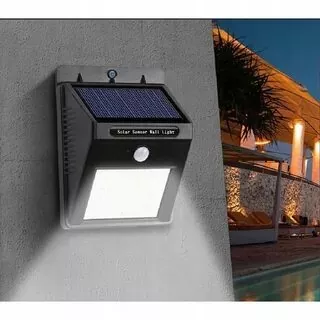
Budget:
Consider your budget, and then balance it against the features and qualities you require. You may save money in the long run by investing in better quality floodlights due to their lower maintenance and energy costs.
Reviews and recommendations:
You can make informed decisions based on reviews or recommendations from professionals and trusted sources.
You can select the right floodlights for your needs by evaluating these factors.



